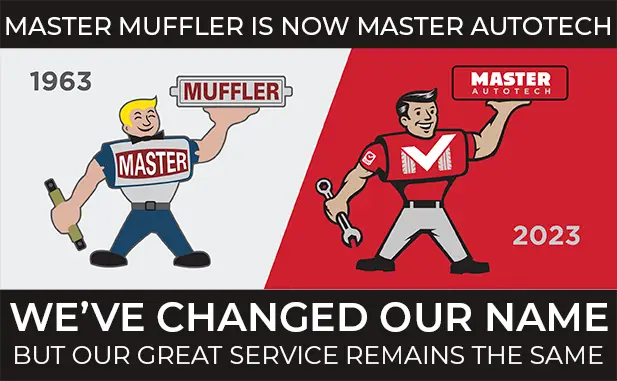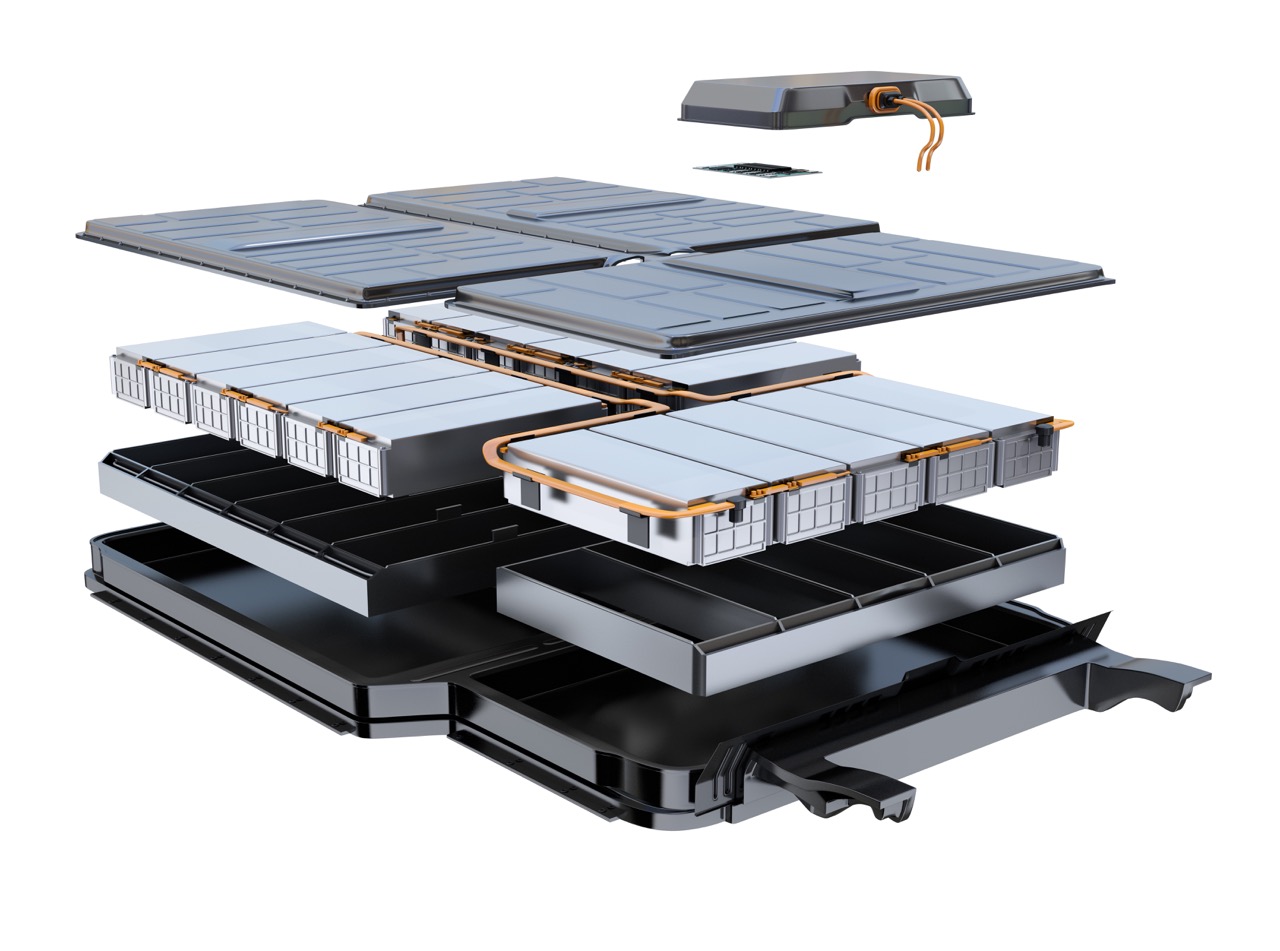Spark plugs are an important part of gasoline-operated engines. They may be small, but these little parts have some powerful components. Take, for example, the insulator (a part of the spark plug) which can withstand voltage of up to 30,000 volts and heat up to 1,550 degrees Fahrenheit.
The spark plug is expected to transfer excess heat from the end of the insulator to the head of the cylinder. Its ability to transfer this heat quickly can earn it the label of “cold plug,” meaning it continually moves off the heat. A cold plug has a high heat range.
If the heat transfer is slow, it has a low heat range. It is a “hot plug,” referring to its tendency of hanging on longer to the heat. This is not necessarily a bad thing. Depending on the driving conditions, a car may require hot plugs or cold plugs
If the plug runs too coolly, it will not stay clean. If, on the other hand, it runs too hot, it can cause early ignition of the fuel-air mixture. If you do a lot of freeway driving, a cold plug may be preferable. In stops and goes, as with city driving, a hot plug may be your best option.
Spark plug wires also need to be purchased with operating conditions in mind. With older engines, simpler spark plug wire construction will fill the need. However, with newer hotter-running engines, spark plug wires need the ability to withstand extreme temperatures.
Top performing spark plug wires can withstand a temperature range from -90 degrees to 500 degrees Fahrenheit. This is accomplished with tempered silicone wire covering.
While some car manufacturers suggest that you can go for 100,000 miles before replacing your initial spark plugs, this is unlikely to happen. Even if they did last that long, prevention is much better for your car, not to mention your wallet. Spark plugs and wires are simple enough to replace. So, it is worth the expense to get it done sooner, rather than later.
Related Posts
As an EV owner, understanding your vehicle's battery is critical. From its capacity to its lifespan, and everything in between, we'll guide you through what you need to know to optimize your EV experience. So buckle up and get ready - we're about to shed some light on the electrifying world of EV batteries. What [...]
If your car is running hot, it can be a sign that something’s not right with your engine. Fortunately, diagnosing the cause of an overheating engine isn't too difficult if you know what to look for and how to address it. Keep reading if you want to learn the most common issues that occur when [...]
Your vehicle's exhaust system serves a critical role in managing the byproducts of the combustion process and ensuring optimal engine performance. The appearance of colored smoke from the exhaust pipe, either when stationary or accelerating, can provide valuable clues to underlying mechanical issues. What is a car exhaust? A car exhaust is a system [...]





